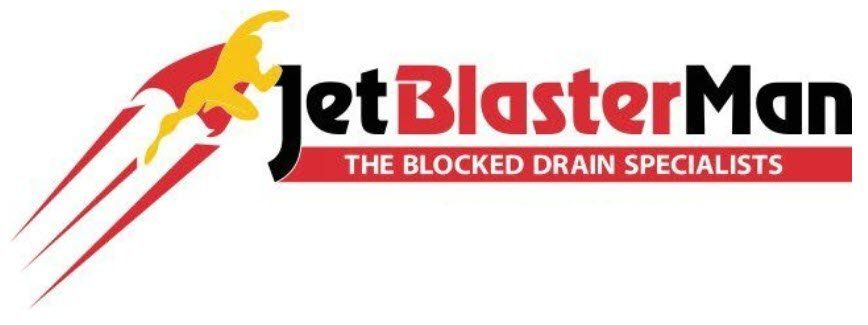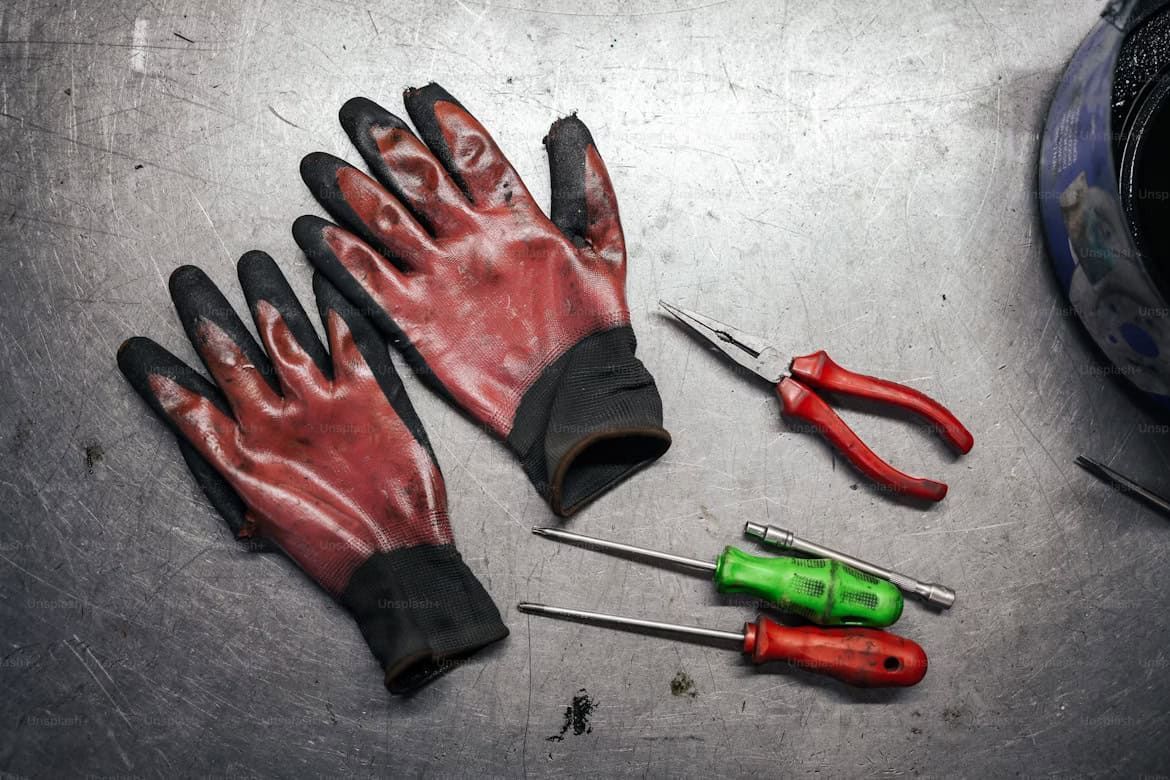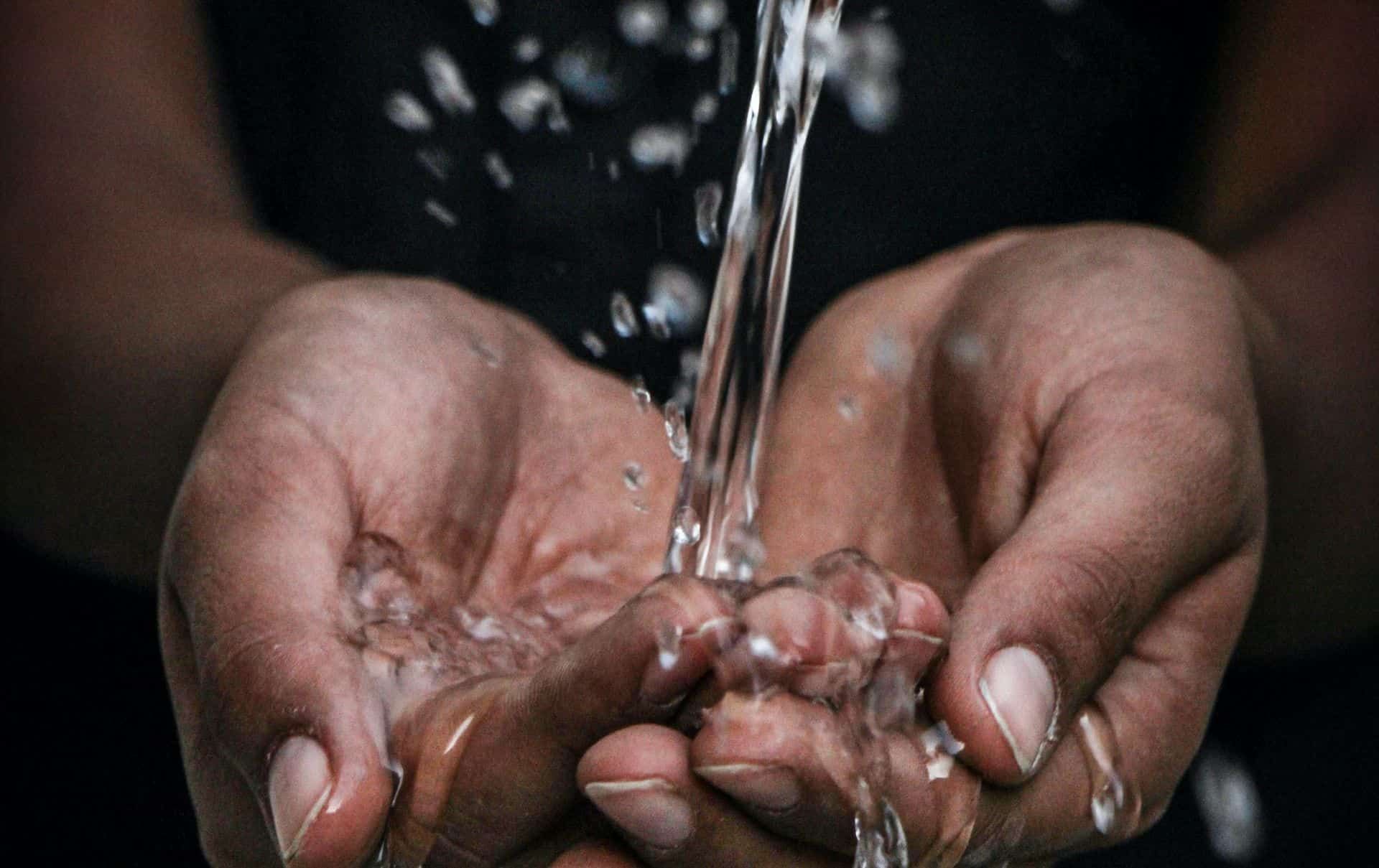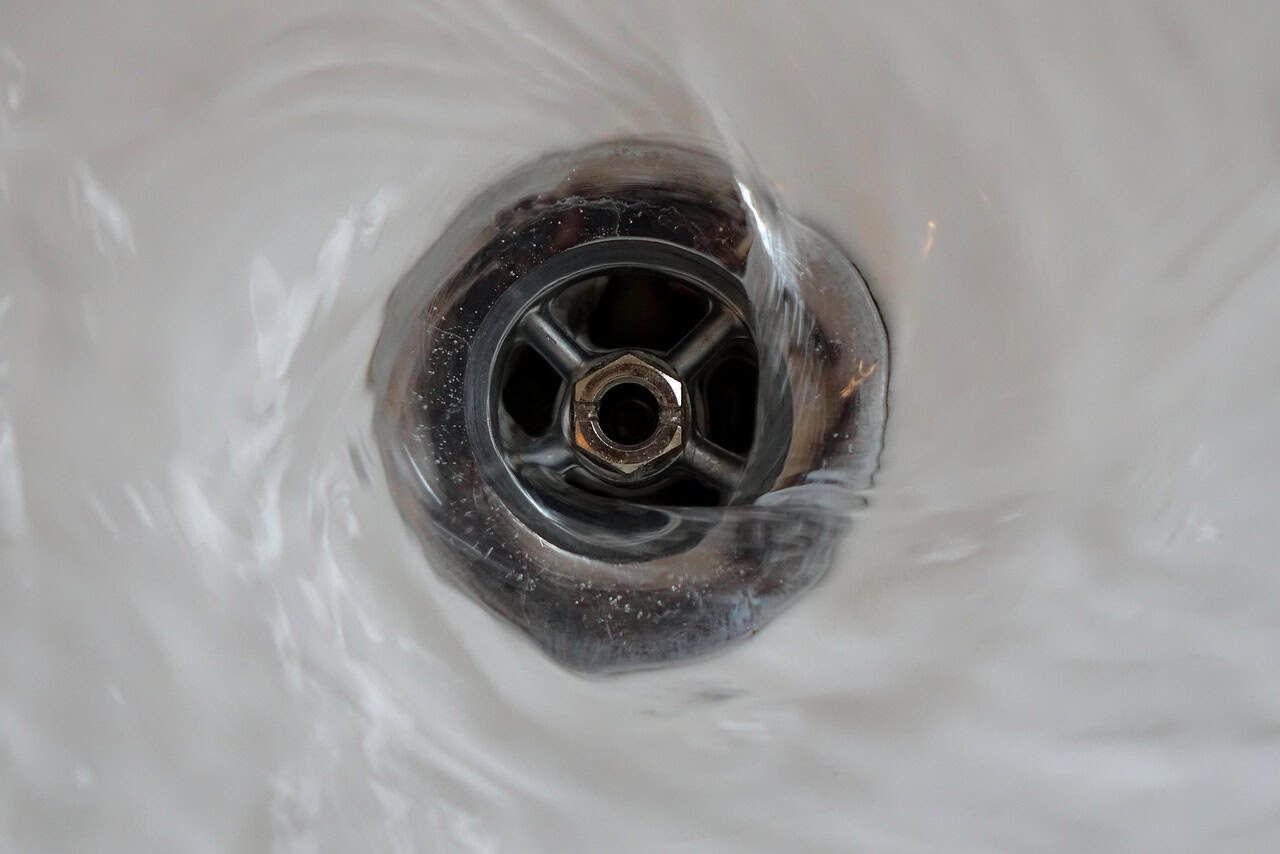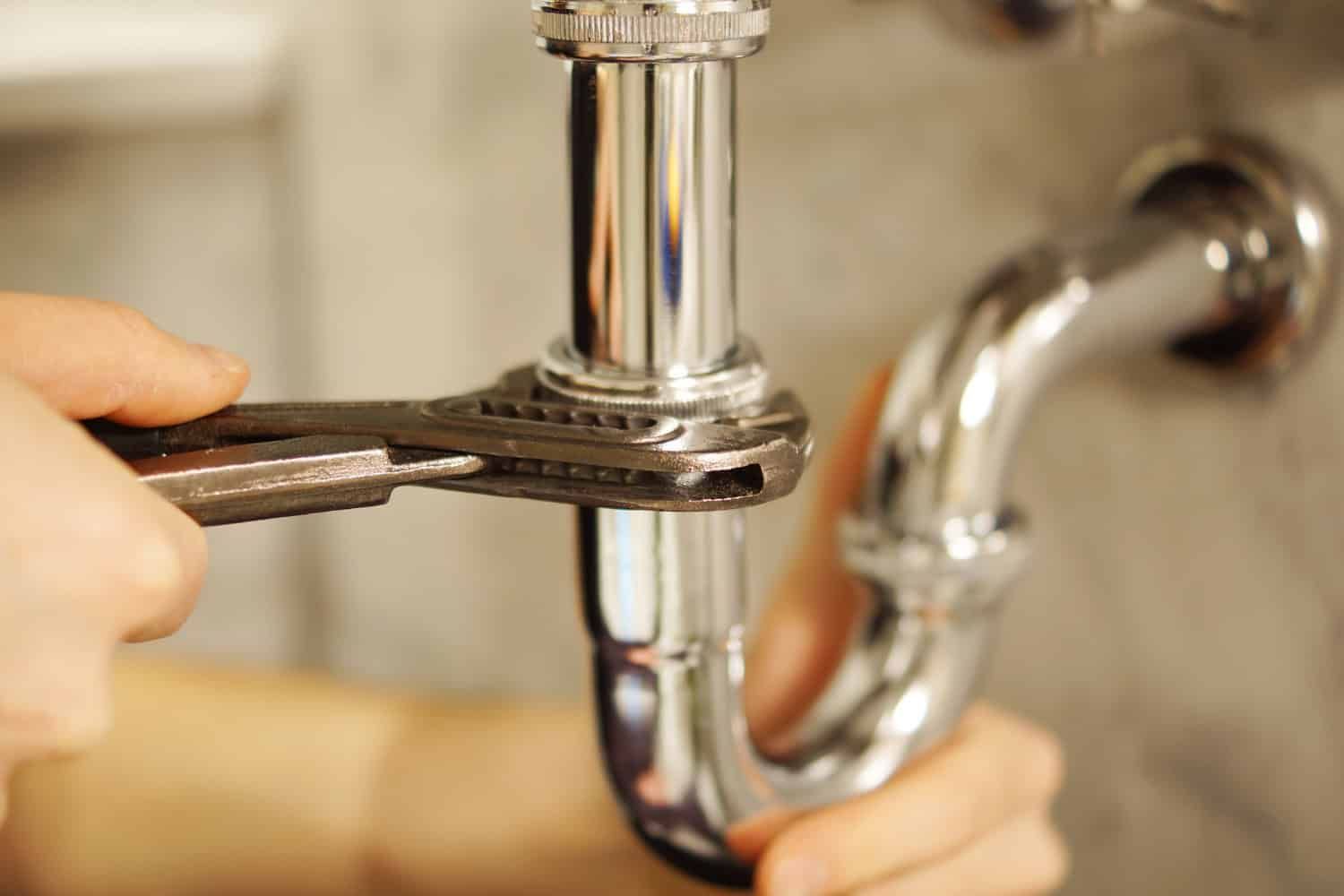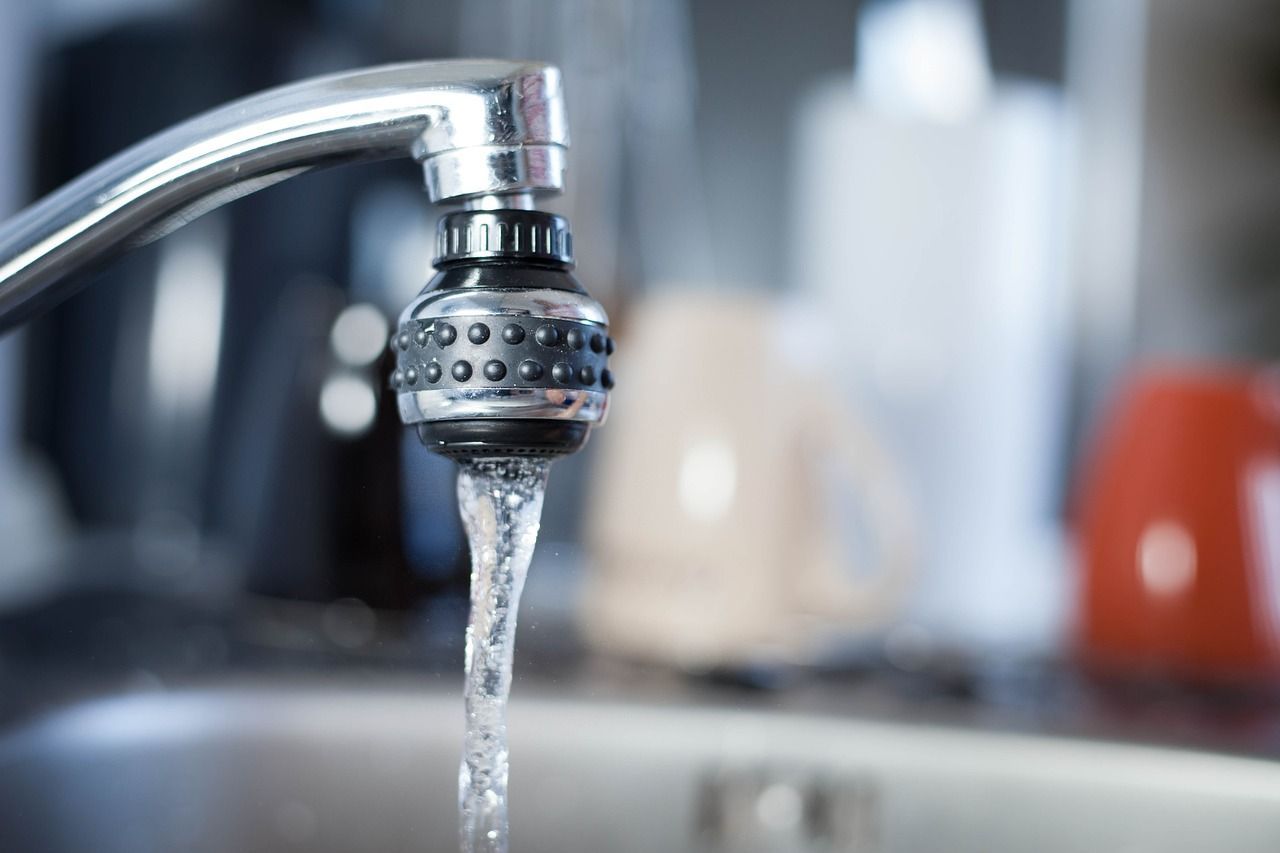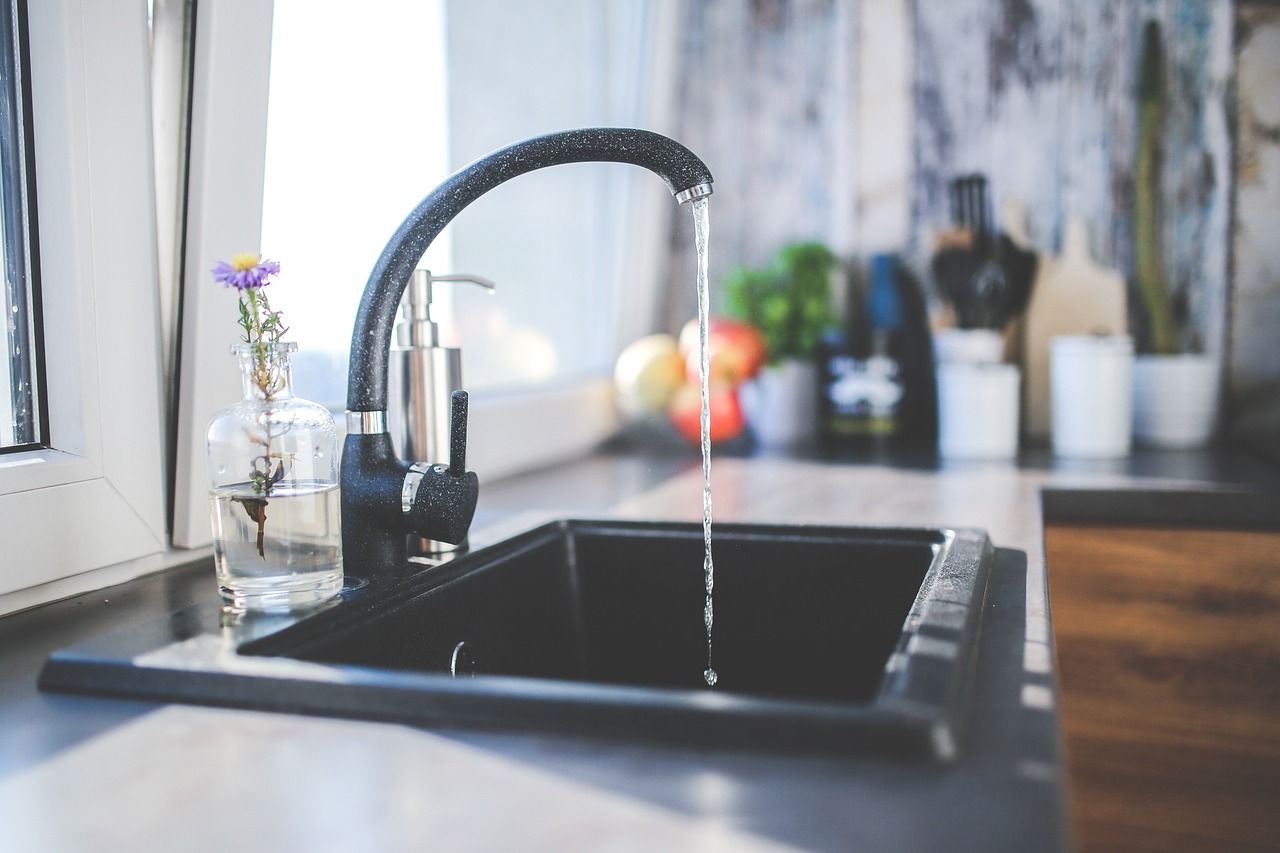What’s the Difference Between Sewer and Stormwater Drainage?
Have you ever stopped to think about why there are two distinct systems managing water around your home? That’s because your home relies on two separate systems—one for sewage and another for stormwater drainage. Let’s break down what each system does and how you can keep them running smoothly.
Understanding Sewer Drainage Systems
Sewer drainage systems take care of the wastewater from your home. This includes water from the kitchen sink, bathroom, shower, toilet, and laundry. The waste travels through a network of pipes to a sewer drain that carries it to a treatment plant.
At the treatment plant, the water is cleaned to remove harmful materials and pollutants before being released back into nature. These systems are closed systems, which means there is no leakage of the waste, and the waste is well contained. This helps protect the environment and ensures waste is properly handled. This highlights the sewer meaning—a system that ensures safe and sanitary waste disposal.
The Role of Stormwater Drainage
Stormwater drainage systems are designed to handle rainwater that runs off rooftops, driveways, streets, and other hard surfaces. The water is channelled into stormwater pipes and stormwater drains, which direct it to natural waterways like rivers, lakes, or the ocean. Unlike sewage, stormwater isn’t treated before it’s released.
These systems are essential for preventing flooding in cities. Hard surfaces like concrete and asphalt can’t absorb water; stormwater drains redirect the excess away from homes and streets. Regular maintenance is key—if drains get clogged, water can back up and damage property.
Sewer vs. Stormwater: What Sets Them Apart?
Both sewer and stormwater systems manage water, but their purposes couldn’t be more different. Knowing how these systems differ helps you care for your home and supports a cleaner, safer environment:
Type of Water
Sewer pipes handle wastewater from kitchens, bathrooms, and other plumbing, while stormwater drains manage rainwater runoff from roofs and paved areas. This shows the difference between sewer and stormwater pipes: one handles household waste, while the other manages rainwater.
Treatment
Wastewater from sewers is treated to remove pollutants before being released. Stormwater doesn’t get treated and flows directly into natural waterways.
System Design
Sewer systems are fully sealed to keep waste contained. Stormwater drainage systems often include open drains, gutters, and pits to collect and move rainwater.
Purpose
Sewers are to keep you clean and to dispose of your waste properly. Heavy rain is managed and flooding prevented in urban areas by stormwater drainage systems.
Responsibility
It is the homeowners’ responsibility to keep the sewer pipes on their property. Public stormwater systems are usually handled by local councils, but property owners are responsible for any private stormwater drains or systems.
Environmental Impact
Sewer systems play a big role in protecting the environment by cleaning wastewater before it’s released. On the other hand, stormwater drainage systems can unintentionally transport things like chemicals, oils, and debris into rivers, lakes, and oceans. This can hurt fish and other wildlife, and the water.
Capacity and Load Handling
Sewers are built to manage a steady flow of wastewater from daily activities like showering and washing dishes. In urban areas, hard surfaces like concrete can increase runoff, putting extra pressure on the stormwater pipe and drain. These systems need regular maintenance so they don’t get clogged or overloaded.
Combined Sewer and Stormwater System
In some areas, a single system is used to manage both sewage and stormwater. While this can simplify infrastructure, it increases the risk of flooding or pollution if the system becomes overwhelmed.
Common Problems and How to Prevent Them
Sewer and stormwater systems can run into trouble, but regular upkeep can help you steer clear of big headaches. But if you aren’t sure how to do maintenance or think something is wrong, it’s always a good idea to get advice from a professional plumber.
- Blocked Sewer Pipes: Don’t flush things like wet wipes, nappies, or sanitary products down the toilet. Clogged pipes can be very expensive to repair.
- Clogged Stormwater Drains: Clear out leaves and debris from gutters, downpipes, and stormwater pits on a routine basis. This helps stop blockages that might cause water damage.
- Leaks or Cracks: Check your sewer and stormwater pipes for any signs of damage, like leaks or cracks. Fixing these early can save you from larger repair bills.
- Flooding Risks: Before heavy rain, double-check that your stormwater drains are clear and working properly. A blocked drain can easily lead to flooding around your property.
Protecting the Environment Through Proper Drainage
When sewage isn’t treated or stormwater isn’t managed well, pollutants can find their way into local waterways and harm ecosystems. Here’s how you can make a difference:
- Never pour chemicals, oils, and paints down the drain.
- Use environmentally friendly cleaning products to reduce pollution in runoff.
- Consider installing a rainwater tank to collect and reuse rainwater, which eases the load on stormwater drainage systems.
Need Assistance? Contact Jet Blaster Man Today
Got a problem with your sewer or stormwater system? Or maybe you just want to stay on top of maintenance? Whatever the case, Jet Blaster Man is here to make things easier for you. Our team combines experience with a no-nonsense approach to get the job done right. Give us a call—we’re here to help you sort it out!
